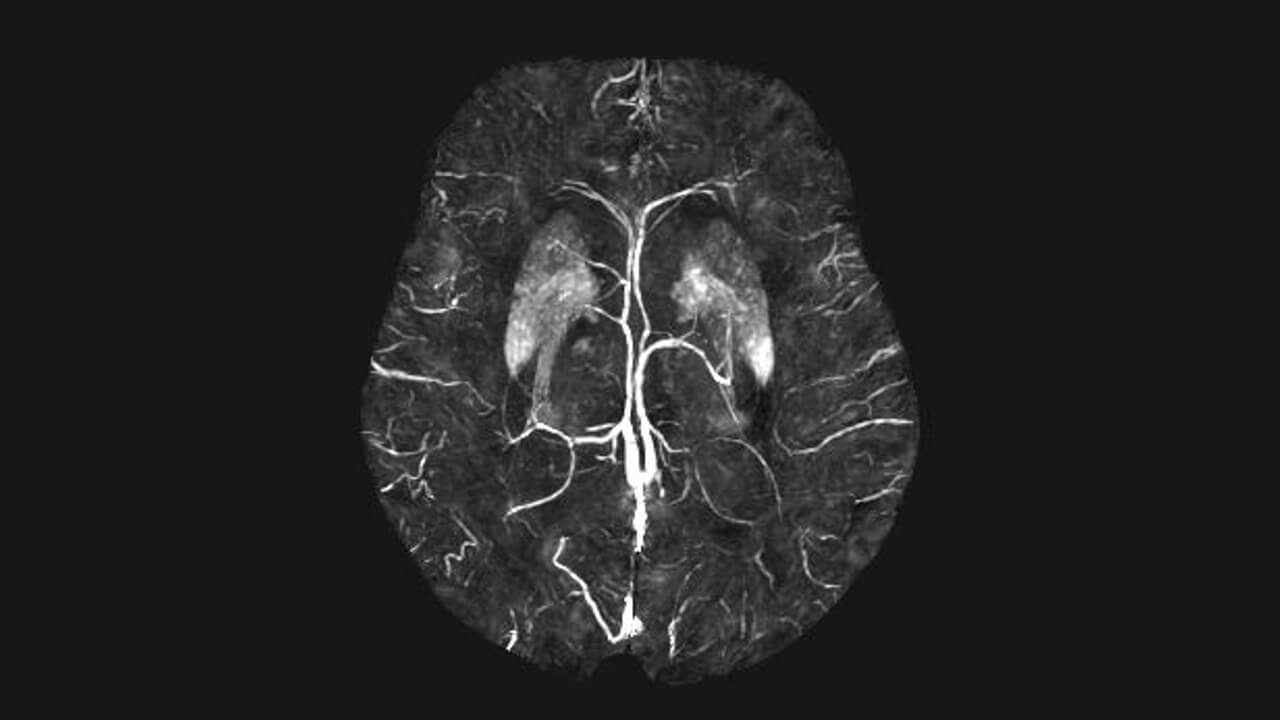
Editorial: Quantitative Susceptibility Mapping in Neurodegeneration
By: Karen Holzberger, President & CEO of SpinTech MRI
Author(s): Fuhua Yan1*, Naying He1 and E. Mark Haacke1,2
Journal: Frontiers in Neuroscience
Published: July 2021
Read Full Editorial: https://www.frontiersin.org/articles/10.3389/fnins.2021.724550/full
Editorial on the Research Topic
Introduction
Magnetic resonance imaging offers a wide variety of contrast mechanisms to study soft tissue in the body. Using the complex data from the SWI scans, it is possible to produce magnetic source images using a novel reconstruction method that takes the phase data and reconstructs what is referred to as a quantitative susceptibility map (QSM). The phase images represent local frequency changes caused by local changes in the magnetic field which in turn are introduced because of the presence of a magnetic source.
Some of the familiar paramagnetic materials include deoxygenated blood, hemosiderin and ferritin while some of the more familiar diamagnetic materials include calcium deposits, calcium in bone, and myelinated tissue. The ability to measure iron has clear implications if iron is involved in the pathophysiology or correlates with disease state, but it must be remembered that iron also changes as a function of age (Li Y. et al.). Also, measuring oxygen saturation would be key in stroke and potentially in dementia and other neurodegenerative diseases as well.
Conclusions
In summary, there has been great progress in using QSM to study neurodegenerative diseases. Despite the different QSM methods that are available today, as long as the same approach is used for a given study and as long as the age-related iron effect is removed, this method offers a new means to study the pathophysiology of neurodegenerative diseases that complements and generally improves upon the use of T∗2 measures of iron content (Ghassaban et al., 2018; Yan et al., 2018). The papers presented in this special issue show the potential of QSM to enhance diagnosis of patients with neurodegenerative disease. As QSM becomes more broadly accepted, no doubt other clinical applications of measuring susceptibility will emerge.

